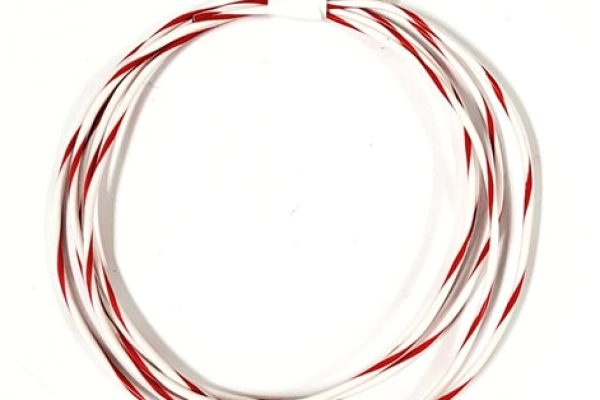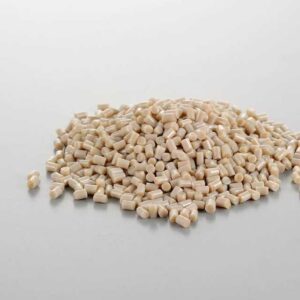When it comes to automotive wiring, using the right materials is crucial to ensure the safety and efficiency of your vehicle's electrical system. One popular choice is PTFE (Polytetrafluoroethylene) wire, known for its excellent thermal and chemical resistance. However, selecting the correct size of PTFE wire can be challenging. This blog will help you understand which size is best for your automotive needs.
Understanding PTFE Wire
PTFE wire is valued in the automotive industry for its durability. It can withstand high temperatures and harsh chemicals, making it ideal for vehicles that encounter extreme environments. These properties ensure that the wire performs reliably over time, reducing maintenance needs.
Why Wire Size Matters
Choosing the correct wire size is essential for your vehicle's performance and safety. The size of the wire affects its current-carrying capacity. Using a wire that is too small can lead to overheating and potential electrical failures. Conversely, a wire that is too large may be unnecessarily costly and difficult to install.
Common PTFE Wire Sizes for Automotive Use
In automotive applications, the most common PTFE wire sizes include 18 AWG, 20 AWG, and 22 AWG. Each size has specific uses:
- 10-12AWG: For high-power applications, such as starter circuits and main power lines.
- 14-16 AWG: For higher power requirements, such as power windows, speakers, and seat adjusters.
- 17 AWG: Suitable for: Turn signals and fog lights.
- 18 AWG: Suitable for components that draw moderate currents, such as headlights, license plate lights, front and rear parking lights, and brake lights
- 20 AWG: Often used for sensors and small electrical devices, Interior lighting, dome lights, and ceiling lights.
- 22 AWG: Ideal for low-current applications like control circuits.
- 24AWG: For signal transmission and low-current applications, such as interior sensors and small electronic connections.
Factors to Consider When Choosing Wire Size
- Current Carrying Capacity: Determine the current load of your application. Ensure the wire size can handle the maximum current without overheating.
- Length of the Wire Run: Longer wires can result in voltage drops. You may need a thicker wire to maintain electrical integrity over long distances.
- Environmental Conditions: Consider the vehicle's operating environment. If it regularly faces high temperatures or harsh chemicals, PTFE wire is a good choice due to its resilience.
Practical Tips for Selecting PTFE Wire
Before you buy PTFE wire, make sure to evaluate your specific requirements. Here are some practical tips:
- Use online calculators to determine the appropriate wire size based on current and length.
- If you're unsure, consult with a professional to assess your vehicle's electrical needs.
- Always consider future upgrades or modifications that might change the electrical load.
Conclusion
Selecting the right size PTFE wire is vital for your vehicle’s electrical health. By understanding your vehicle's needs and considering factors like current capacity and environmental conditions, you can choose the right wire with confidence. This will ensure both safety and reliability in the long run.
Additional Resources
For more information, check out online tools that help with wire size calculations or consult detailed guides on automotive wiring best practices. If your project is complex, seeking professional advice can be invaluable.







